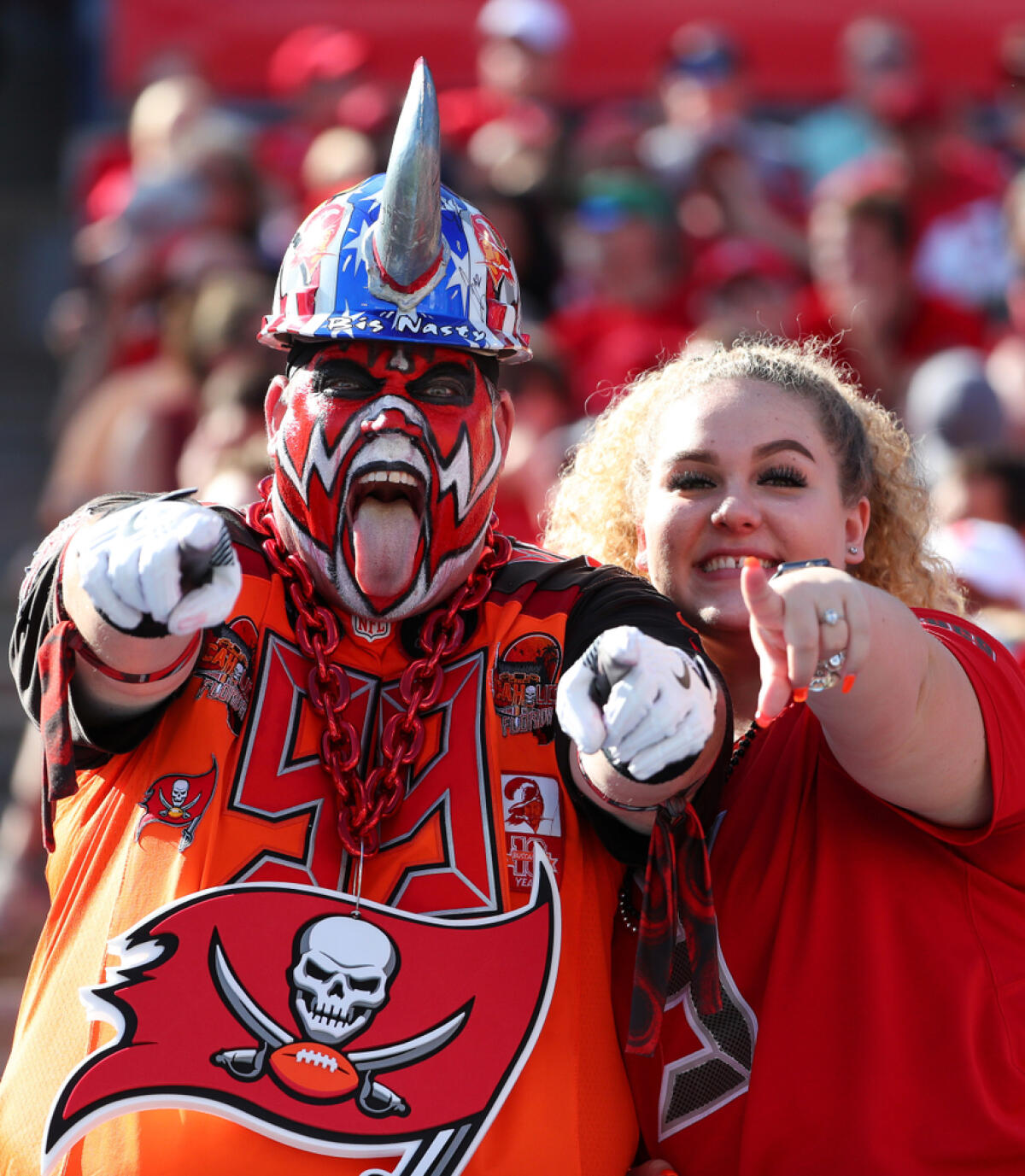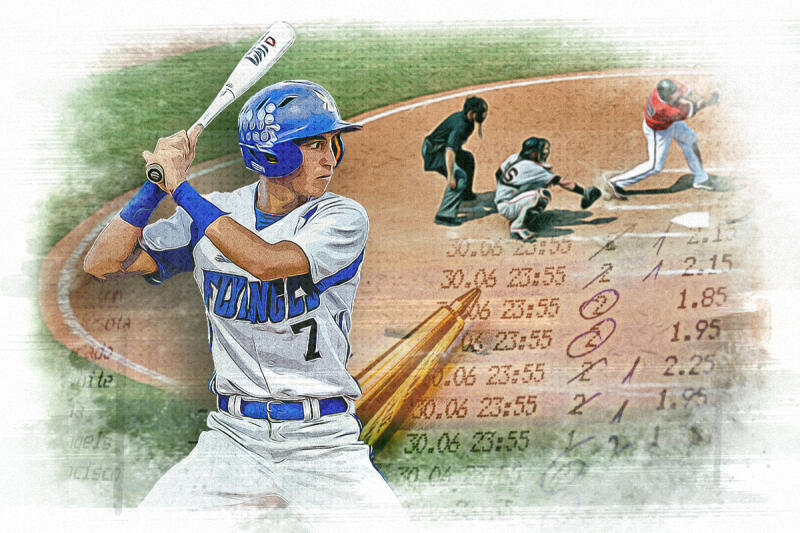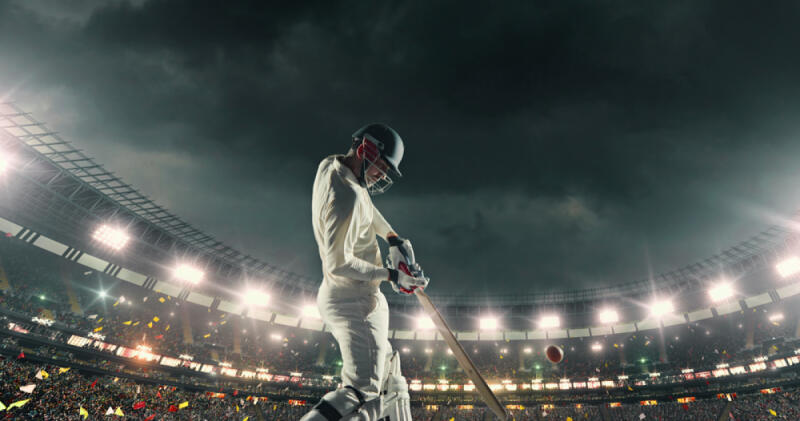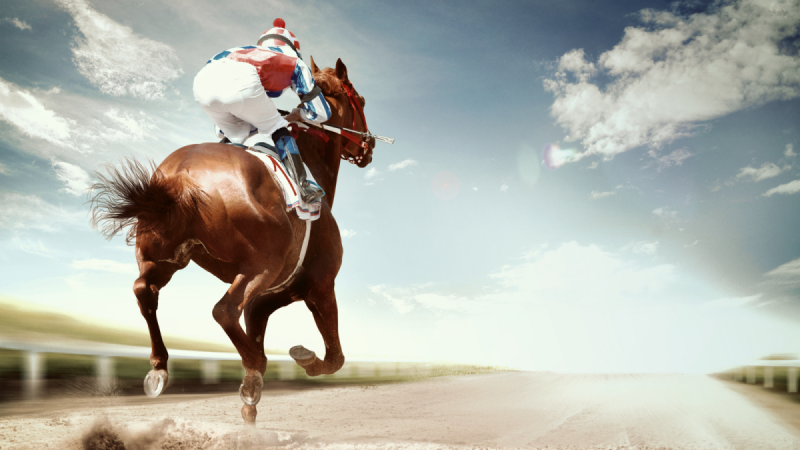Behind the Scenes: How Fan Attendance Influences Sports Team Performance
There’s nothing like going to a live sporting event. Not only do fans get a chance to see the world’s best athletes up close and in-person, but there’s a belief that they can even have an effect on the outcome of a game.
Fans in attendance think they can impact the performance of sports teams. It’s why they cheer for their favorite team and boo the opposition. Fans come up with different chants that support their own players. They heckle the opponent, hoping to get inside their heads and possibly throw the athletes off their game.
Up until recently, there was no way to measure how sports teams might perform in a venue without any fans. Franchises make too much money off ticket sales, concessions and merchandise to ever host games with no fans in attendance to see if there would be a difference. Then came the coronavirus pandemic and all of the top professional sports leagues were forced into conducting such an experiment.
Related: Looking for a betting edge? Our NFL Predictions have you covered.

When it was first suggested that games would have to be played in empty venues, players bristled at the notion. Some initially refused to participate in games if fans couldn’t attend
“We play games without the fans? Nah, that’s impossible,” LeBron James told reporters in March 2020. “I ain’t playing if I ain’t got the fans in the crowd. That’s who I play for. I play for my teammates, and I play for the fans. That’s what it’s all about. So if I show up to an arena and there ain’t no fans in there, I ain’t playing.”
Eventually, all of the major professional sports leagues in the United States played for months without fans in 2020. Those games were only a small sample size compared to the decades of events in filled stadiums, but they did offer some information about the impact of fan attendance on sports teams.
NBA
The greatest impact of no fans in attendance occurred in the NBA. The league took a 141-day hiatus between March 11, 2020 and July 30, 2020 because of the pandemic. When Rudy Gobert, then of the Utah Jazz, tested positive for COVID-19 and the NBA shut down, teams were playing in packed arenas, filled with around 18,000 fans on a nightly basis. More than three months later, every game took place at one of three Disney venues at the ESPN Wide World of Sports Complex in Orlando.
The games in the NBA’s “bubble” counted the same, but they certainly felt different. No fans were in attendance for these contests in smaller athletic centers. The environment was more akin to a competitive practice than a regular game in front of thousands of screaming fans. What was the result? More scoring. A lot more scoring.
Twenty-two of the NBA’s 30 teams were invited to resume the regular season in the bubble. They played eight games each before the start of the playoffs. After months of no games, the best basketball players in the world immediately started scoring at a record pace.
Within a span of 10 days, there were two slates of games in which at least five contests on the same day featured every team scoring at least 110 points. It was something that hadn’t even happened once in the previous 32 years. Through four-plus months of games in the 2019-2020 NBA season with fans in attendance, teams averaged 110.7 points per 100 possessions, according to Cleaning the Glass. In the regular-season games in empty gyms, that scoring average catapulted to 113.2 points per 100 possessions, per basketballnews.com.
The Los Angeles Lakers went on to win the 2020 championship in the NBA bubble. Anthony Davis was a major part of the Lakers’ title run. Without fans around, Davis went on a shooting spree that he never matched before or since. Davis shot 57.1% from the field and 38.3% from 3-point range. He was seemingly automatic on long jump shots. Davis was a 33% shooter on 3-pointers for the regular season, and he makes just 30% of his attempts behind the arc for his entire career.
Exactly how much of the offensive output was due to no fans in attendance? That’s difficult to quantify. The change in venues seemed to play a large role in the players’ incredible shot-making.
“The depth perception on the basket is a lot better, just because you can’t see through the backboard, shooting-wise, since it’s blacked out,” Dallas Mavericks guard Tim Hardaway Jr. told The Ringer.
MLB
Major League Baseball was the first American team sports league to return to play in 2020. While MLB also had no fans in attendance, unlike in the NBA, baseball games were played in the league’s usual stadiums. Venues which often hosted 30,000 or 40,000 fans were completely empty for the entirety of the 60-game 2020 regular season.
Did any numbers stand out? Offense declined from the 2019 season to 2020, but run scoring also fell in 2021. Teams went from scoring 4.83 runs per game in 2019 to 4.65 runs per game during the fan-less 2020 season. Runs became even harder to come by in 2021 when teams scored 4.53 runs per contest.
There was a similar pattern for home runs per game. The league-wide batting average in 2020 was one point higher than the following year when fans returned to the games. There was, however, one outlier.
With no fans in attendance, teams recorded fewer hits and more walks than they had in recent memory. Team hits per game plummeted from 8.65 in 2019 to 8.04 during the pandemic in 2020. Teams were back up to 8.13 hits per game in 2021 when fans returned to stadiums. The 8.04 hits per game were the lowest since 1968, a year during pitchers were so dominant that MLB was forced to lower the mound.
Teams drew an average of 3.39 walks per game when no fans were in attendance for the 2020 season. That’s a much higher number than the 3.27 walks teams averaged in 2019. Teams didn’t sustain their walk rate in 2021. They averaged just 3.25 free passes with fans back in attendance. The 2020 walk rate was MLB’s highest in 11 years and second-highest since 2000.
What could be the reason for the change? It might be that pitchers were affected greatly by the shorter spring training, which started just three weeks before regular-season games began. Are hitters more patient when no one is watching? Maybe pitchers have a more difficult time gearing up to throw the ball as hard as they can without the roar of the crowd.
“There are plenty of pitchers that leave the bullpen throwing 89 to 90 miles an hour, but their first pitch in front of the fans, in front of the opponent, is 95,” former Cy Young winner Orel Hershiser said, via The New York Times.
NFL
All of the numbers suggest that the impact of fan attendance on sports teams might be the greatest in the NFL. Nearly half the league didn’t sell any tickets to games during the 2020 season. One-third of the league hosted fewer than 10,000 fans per game in a sport where more than 60,000 people are regularly in attendance. The Dallas Cowboys were the only team to average more than 16,000 fans per game. And the results were eye-popping.
The 2020 NFL season was the highest-scoring in league history. At the time, it seemed par for the course in a league where the rules benefit offenses more year after year. Three years later, it’s clear that a season filled with empty and near-empty stadiums was an aberration.
NFL teams scored 24.8 points per game in 2020. It was an increase of two points per game from the previous season. In 2021, scoring dropped to 23.0 points per game.
Five teams scored more than 30 points per game with limited fans in attendance. Two more teams scored at least 29.3 points per contest. In 2021, only a pair of teams averaged north of 28.4 points per contest. Just one team did so for the 2022 campaign.
The kinds of penalties committed could explain the NFL’s scoring explosion of 2020. There were an unusually low number of offensive holding and false start penalties, coupled with an extremely high number of pass interference penalties committed. Penalties committed by the offensive line, in particular false starts, are often driven by crowd noise. It stands to reason that those infractions would be committed at a much lower rate in stadiums that were full of empty seats. Teams were allowed to pump in fake crowd noise during games, though it didn’t have have the same impact as real fans.
NFL teams averaged 1.94 offensive holding and 1.80 false start penalties per game in 2020. It was a massive drop off from the previous two year, during which teams averaged at least 2.77 offensive holding calls and 2.14 false starts per game. In 2021, offensive holding (2.39) and false starts (2.11) per game shot back up.
The inverse was true for defensive pass interference. With an average of 1.21 calls per game in 2020, offenses had more chances to move the ball down the field. There were only .93 and 1.05 such calls per game in 2018 and 2019, respectively. Defensive pass interferences came back down to 1.11 per game in 2021. They fell off the map with an average of .68 per game in 2022.
NHL
The NHL’s model in 2020 was very similar to that of the NBA. The league suspended the season for several months before resuming late in the summer. The NHL had a bubble of its own, where no fans were allowed to attend games. The league chose to return with an expanded 24-team playoff field to crown the Stanley Cup champion.
When looking at the statistics, it would be difficult to determine what kind of impact fans have on professional hockey teams. In packed arenas during the 2019-2020 NHL season, teams scored 2.82 goals per game. That figure fell to 2.74 goals per game in empty arenas during the playoffs. However, it followed a similar pattern from the previous year. After teams averaged 2.81 goals per game during the 2018-19 regular season, scoring fell to 2.78 goals per contest in the 2019 Stanley Cup Playoffs.
During the 2018 Stanley Cup Playoffs, scoring increased by more than 6% compared to the regular season. When fans returned to arenas for the 2021 Stanley Cup playoffs, offenses scored at around the same rate as they did in the regular season, during which venues were empty or at limited capacity.
Worst Fan Attendance in Team Sports
The teams who play in front of the fewest fans are often among the worst in their respective sports. The inverse is usually true with the best teams drawing the most fans. Empty stadiums, however, can’t be blamed for poor performance. Fans stop showing up when teams start playing poorly, not the other way around.
The Oakland Athletics had MLB’s lowest attendance in the 2022 season, averaging 9,973 fans per game. The A’s finished with the American League’s worst record. The Los Angeles Dodgers led all of baseball with 111 wins and 47,671 fans per game. Oakland traded almost all of its top players in the previous offseason, giving the club virtually no chance to succeed. The Dodgers have been perennial World Series contenders for the last decade, spending more money than anyone on their roster.
If low fan attendance caused teams to lose, the Tampa Bay Rays wouldn’t be one of MLB’s model franchises. On the contrary, the Rays have averaged 93 wins over the last four full seasons. Tampa Bay has been one of the best teams in baseball while having a bottom-three attendance each year. The Rays never had a better record on the road—they played in front of much bigger crowds away from home—during that stretch.
In the NFL and NBA, even the teams that draw the worst attendance play in venues that are more than 85% filled. Every NHL stadium is, at worst, at around 80% capacity on a nightly basis.
Key Taleaways
When taking it a look at the statistics, it appears that fan attendance does have an impact on sports teams, at least initially. Professional athletes are so used to competing in front of thousands of fans that they their play is affected when you remove people from stadiums and arenas. Offenses seem to have an easier time adjusting to the change. Once players become comfortable playing in the new environment without fans, sports teams are as productive as they might be in a packed house.
Our editorial content strives to be highly informative and educational to our audience, especially for visitors who are new or relatively new to analyzing and predicting sporting event results. All of our content is created by informed writers with backgrounds in their subject area and reviewed for omissions or mistakes.
Our editorial team is run by individuals with many years of experience in digital publishing, editorial, and content production. Our editorial content is always marked clearly in any instances where it may be sponsored by a third party, though it is still reviewed by our staff to ensure it remains consistent with our company mission.
- Popular
- Latest







